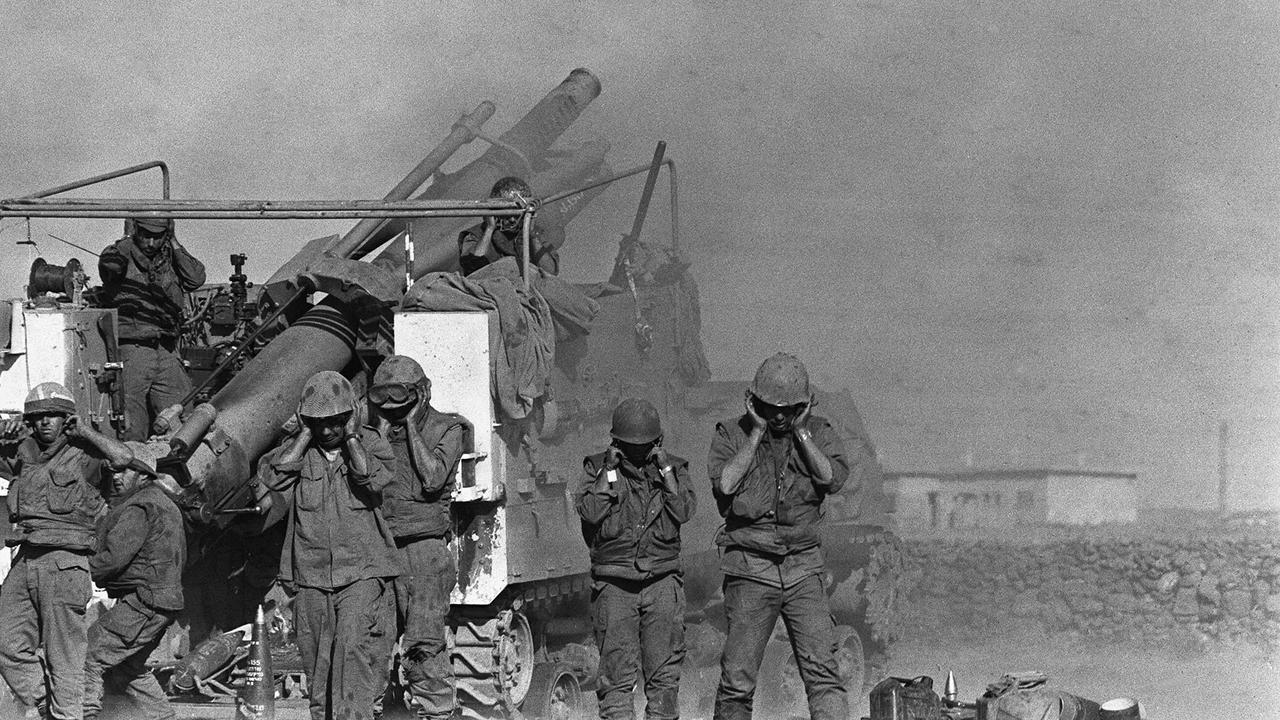A drama series recently broadcast on national TV in Israel, entitled (in English) Valley of Tears and set in the dramatic first days of the Yom Kippur War of 1973, has led to renewed public discussion of those difficult days. On October 6, 1973, Israel was caught by surprise when the full force of two Arab armies — Egypt from the south and Syria from the north — was launched at the Jewish state. Israel eventually prevailed, but at the very high cost of 2521 dead.
The episode remains a national trauma. The series depicts the efforts of a small number of Israeli soldiers in the Golan Heights in the first days of the war, as they battle to stop the advance of the Syrian army towards the first Israeli civilian communities at the foot of the Heights.
Valley of Tears, among other things, presents an opportunity to observe the stark contrast between Israel’s difficult strategic situation nearly 50 years ago, and its position now. Then, the Jewish state faced a united wall of rejection from the Arabic-speaking states. By contrast, it maintained working diplomatic relations with the two non-Arabic-speaking countries of the Middle East — Iran and Turkey.
Then, there was near parity in conventional military capacities between Israel and its Arab neighbours. The result was that armed contests between the sides took the form of mass mobilisation of the army and the society, with broad sections of the population drawn into the war effort and large numbers of casualties.
Read the article by Jonathan Spyer in The Australian.

